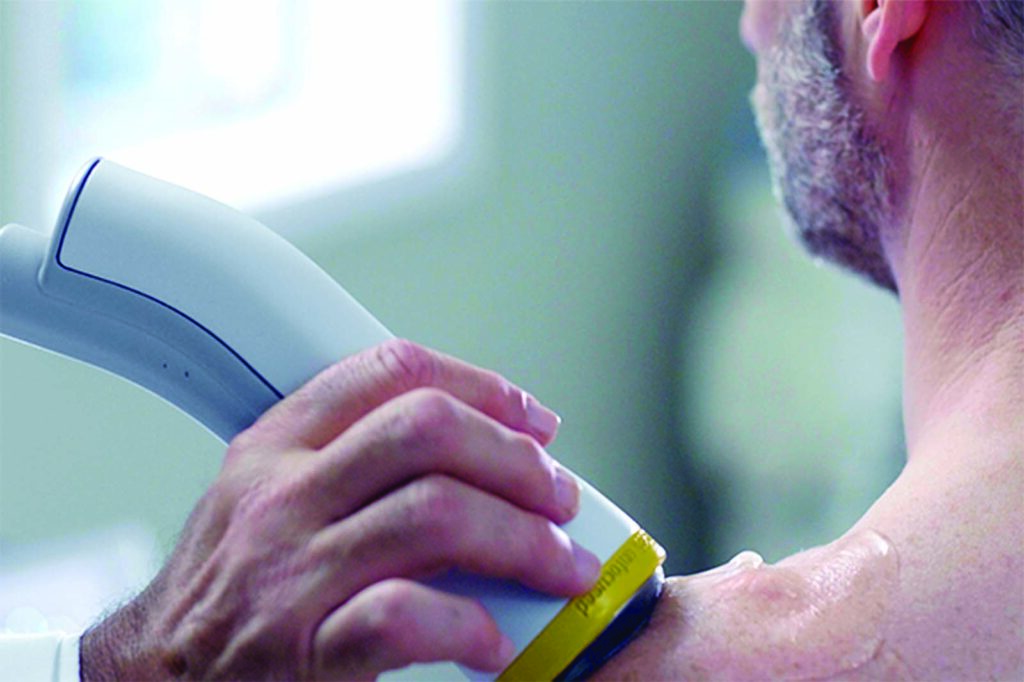What began as a minor inconvenience soon escalated into a daily challenge. At first, it was just a subtle pinch in my shoulder, appearing every few days and quickly dismissed. But as the discomfort grew more frequent—eventually surfacing with almost every movement—my concern deepened. My immediate thought was, “Oh no, not again.”
For anyone who has endured rotator cuff surgery, the memory of it is enough to make you shudder. The procedure is often described as grueling, with pain levels that feel almost medieval and a recovery timeline that tests even the most patient among us. Having gone through it once, I had promised myself never to repeat the experience. Yet my orthopedic surgeon, Dr. Foulk, had warned me years earlier that another surgery was not a matter of if, but when.
When the simple act of slipping my arm through a sleeve began to trigger sharp pain, I feared the worst: another trip to the operating table.
The Introduction to SoftWave Therapy
Instead of resigning myself to surgery, I was introduced to Well Beings Integrative Medicine in Wheat Ridge and their use of Softwave Therapy—sometimes referred to as Shockwave Therapy. Unlike traditional treatments, this non-invasive technology works by delivering targeted acoustic waves to injured tissue, stimulating the body’s natural ability to heal.
The approach differs from platelet-rich plasma (PRP) injections, where blood is drawn, spun in a centrifuge, and reinjected into the injured area to accelerate recovery. While PRP relies on external processing of plasma and platelets, Softwave Therapy promotes the body’s own regenerative response internally. The high-energy sound waves trigger the release of growth factors and help the body generate new stem cells, which migrate to the site of injury and begin repairing damaged tissue.
The Medical Perspective
Research on Softwave Therapy has shown promising results for musculoskeletal injuries such as tendinitis, joint inflammation, and chronic shoulder pain. Studies suggest it improves blood circulation, reduces inflammation, and supports faster tissue regeneration—all without the downtime associated with surgery or injections. The therapy is FDA-cleared and has been embraced in orthopedic and sports medicine practices nationwide.
For rotator cuff injuries in particular, the treatment offers an appealing alternative to invasive procedures. While surgery may still be necessary in severe cases, Softwave provides a pathway for many patients to reduce pain, restore mobility, and strengthen tissue without the long rehabilitation period.
A Personal Outcome
After just four sessions, the results were remarkable. The daily ache that once made dressing a struggle had disappeared. More importantly, I was able to return to weight training—a milestone I hadn’t thought possible without another round of surgery.
What began as a painful reminder of past injury has turned into a testament to modern medicine’s evolving tools. While no therapy is a cure-all, Softwave Therapy represents a hopeful, less invasive option for those battling joint and tendon pain. For me, it transformed a looming setback into a new chapter of recovery and strength.






